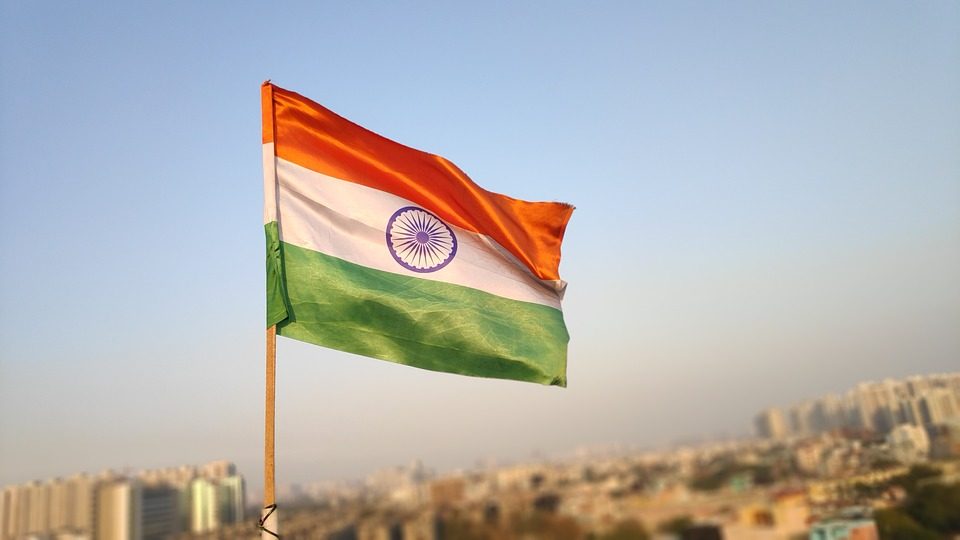
Asia | Economics & Growth | Emerging Markets | Monetary Policy & Inflation

Asia | Economics & Growth | Emerging Markets | Monetary Policy & Inflation
[Base case: Indian bonds rally]
India’s Q3 GDP was predictably weak at +4.5% YoY. It might have been even weaker but for a timely surge in government spending. The deterioration was fairly broad across consumption, investment, and external sectors. Real GDP growth rate has now slipped below headline CPI inflation. Unfortunately, Q4 is tracking no better than Q3: high frequency data through October has remained lacklustre, while vegetable price inflation continues to build and is likely to push headline CPI well above 5% in Q4…
This article is only available to Macro Hive subscribers. Sign-up to receive world-class macro analysis with a daily curated newsletter, podcast, original content from award-winning researchers, cross market strategy, equity insights, trade ideas, crypto flow frameworks, academic paper summaries, explanation and analysis of market-moving events, community investor chat room, and more.
[Base case: Indian bonds rally]
India’s Q3 GDP was predictably weak at +4.5% YoY. It might have been even weaker but for a timely surge in government spending. The deterioration was fairly broad across consumption, investment, and external sectors. Real GDP growth rate has now slipped below headline CPI inflation. Unfortunately, Q4 is tracking no better than Q3: high frequency data through October has remained lacklustre, while vegetable price inflation continues to build and is likely to push headline CPI well above 5% in Q4.
The last time growth was running below inflation was during 2011-13 when the rupee devalued by 50% (Chart 1). That period of economic malaise also helped BJP topple the Congress party in the 2014 general elections. Investors are hoping that there is a silver lining here: the growth/inflation mix is now so poor that it has instilled a sense of urgency to double up on reforms and stimulus. Some sense a buying opportunity.
As I highlighted in my previous post, India’s current downturn is due to an ongoing credit crisis. It was triggered by the default of an infrastructure company in September 2018. Fourteen months on, the credit machinery remains extremely risk averse. Steep rate cuts and liquidity injections by the RBI have been helpful to a limited extent. Corporate tax cuts and FDI tax breaks improved investor confidence, but the flow of credit to the economy remains extremely weak, with overall credit growth slowing to 6% YoY in September, from 9% in June.
The main channels of credit flow to the economy are the non-bank financial companies (NBFCs). But with varied and expensive access to domestic market borrowings, they are relying heavily on banks and offshore borrowing. The lenders to NBFCs, in turn, are being highly discriminating: NBFCs with stronger balance sheets and tighter links to banks are well funded and growing, while those exposed to real estate in particular are struggling (Chart 2). But on the whole, credit is barely growing above inflation.
To date, a proactive approach towards isolating and unwinding bad debts has been missing. So I was quite intrigued to hear that the government is leaning on the RBI to buy distressed assets directly from NBFCs – a hybrid between TARP and QE, if you will.
The RBI gave no indication of this at its MPC press conference on 5 December. It is probably opposed to the proposal on the grounds of moral hazard. Not even the Bank of Japan, the trailblazer in all things QE, has gone this far.
I think such handwringing is unwarranted. In my opinion, resolving the credit crisis is crucial to reversing the current malaise. Investors come to India for growth, and if they are disappointed yet again, they are likely to flee, further tightening financial conditions. Fiscal slippage is also partly a growth problem – tax revenues are running less than nominal GDP in this fiscal year. Solve the credit problem and you resolve the growth malaise and the fiscal slippage problem goes away automatically.
Scenarios:
• Authorities remain passive about the credit problem. Together with RBI’s recent pivot to headline CPI (mainly vegetable prices), growth expectations continue to deteriorate. RBI resumes cutting rates next year ➝ INR continues depreciating, bonds are volatile in the near-term with a misplaced focus on onion price trends but rally next year for the wrong reasons (lack of growth).
• Authorities surprise the market with some proactive management (e.g. TARP). Indeed, if this is already happening behind the scenes, RBI’s pivot to inflation makes perfect sense. ➝ Tighter bond-swap spreads, higher equities, stable INR.
• Authorities focus on improved policy transmission but stop short of credit intervention. While RBI did not announce specific steps last Thursday, several items are said to be under discussion (OMO/Twist, inclusion in global bond indices). The objective would be to bring long-end bond yields down. ➝ In-between the above two scenarios.
The market is split between the first and third scenarios (I lean towards the third). The second scenario could be the real wild card. Let’s see.
Spring sale - Prime Membership only £3 for 3 months! Get trade ideas and macro insights now
Your subscription has been successfully canceled.
Discount Applied - Your subscription has now updated with Coupon and from next payment Discount will be applied.